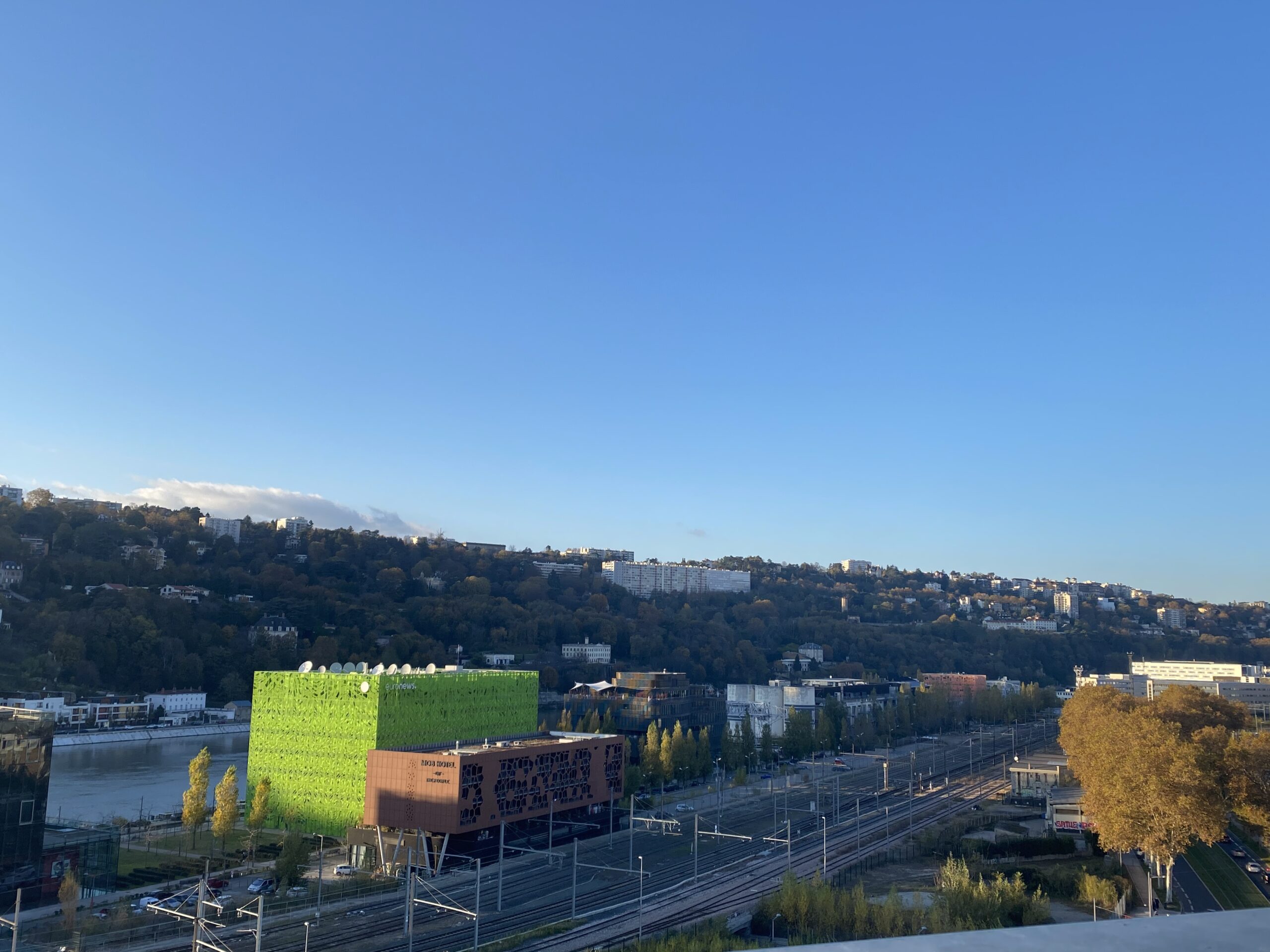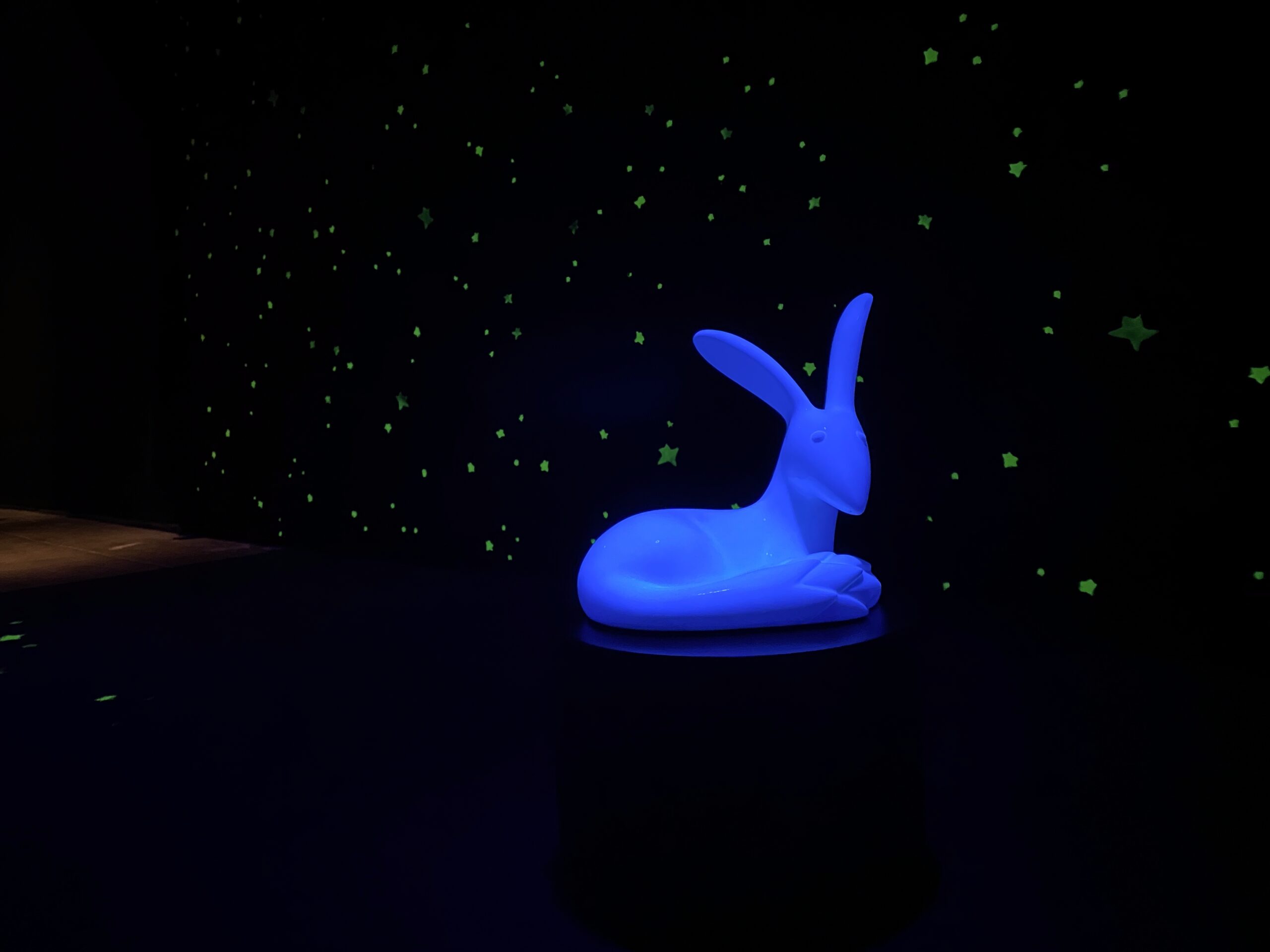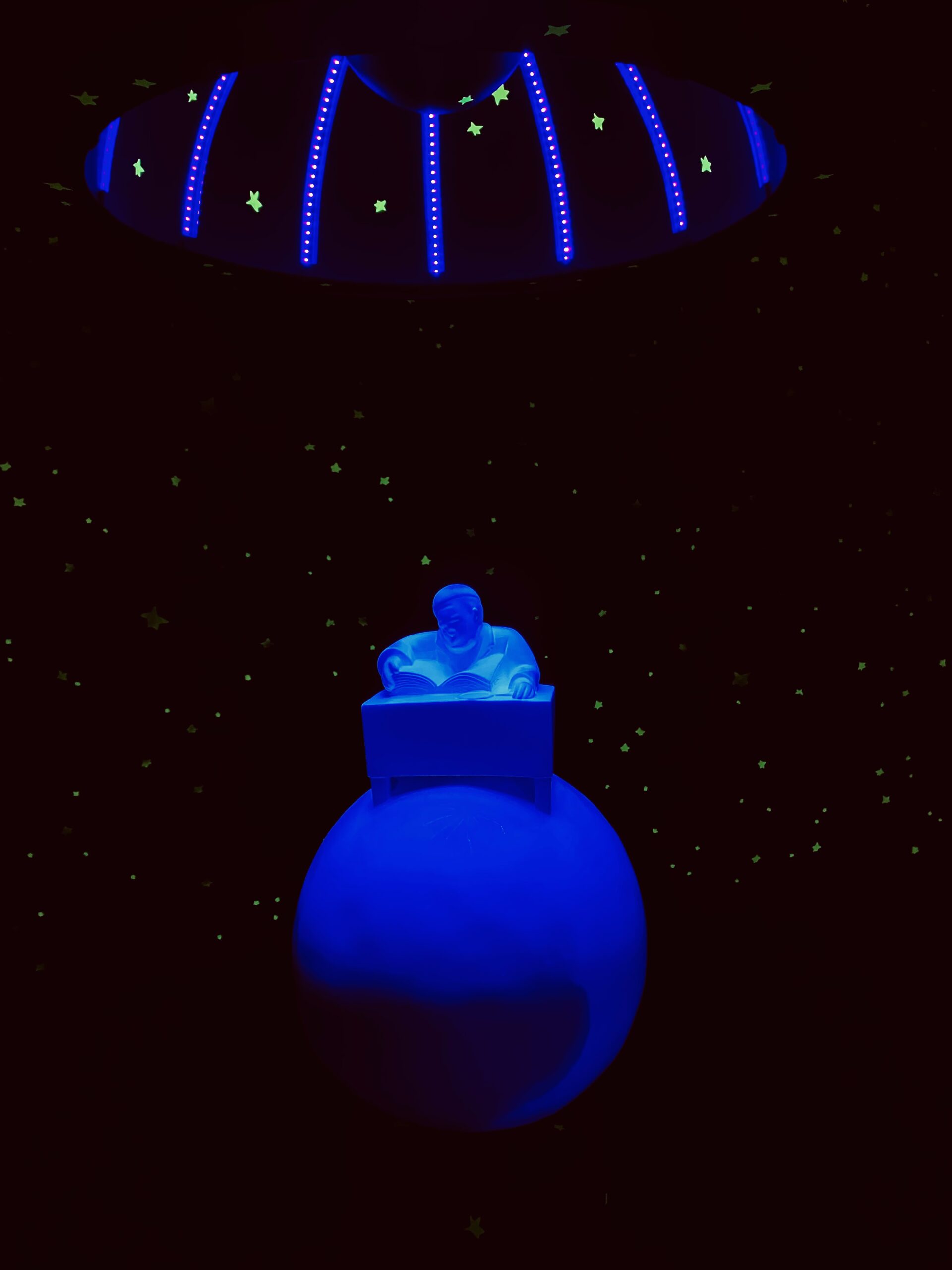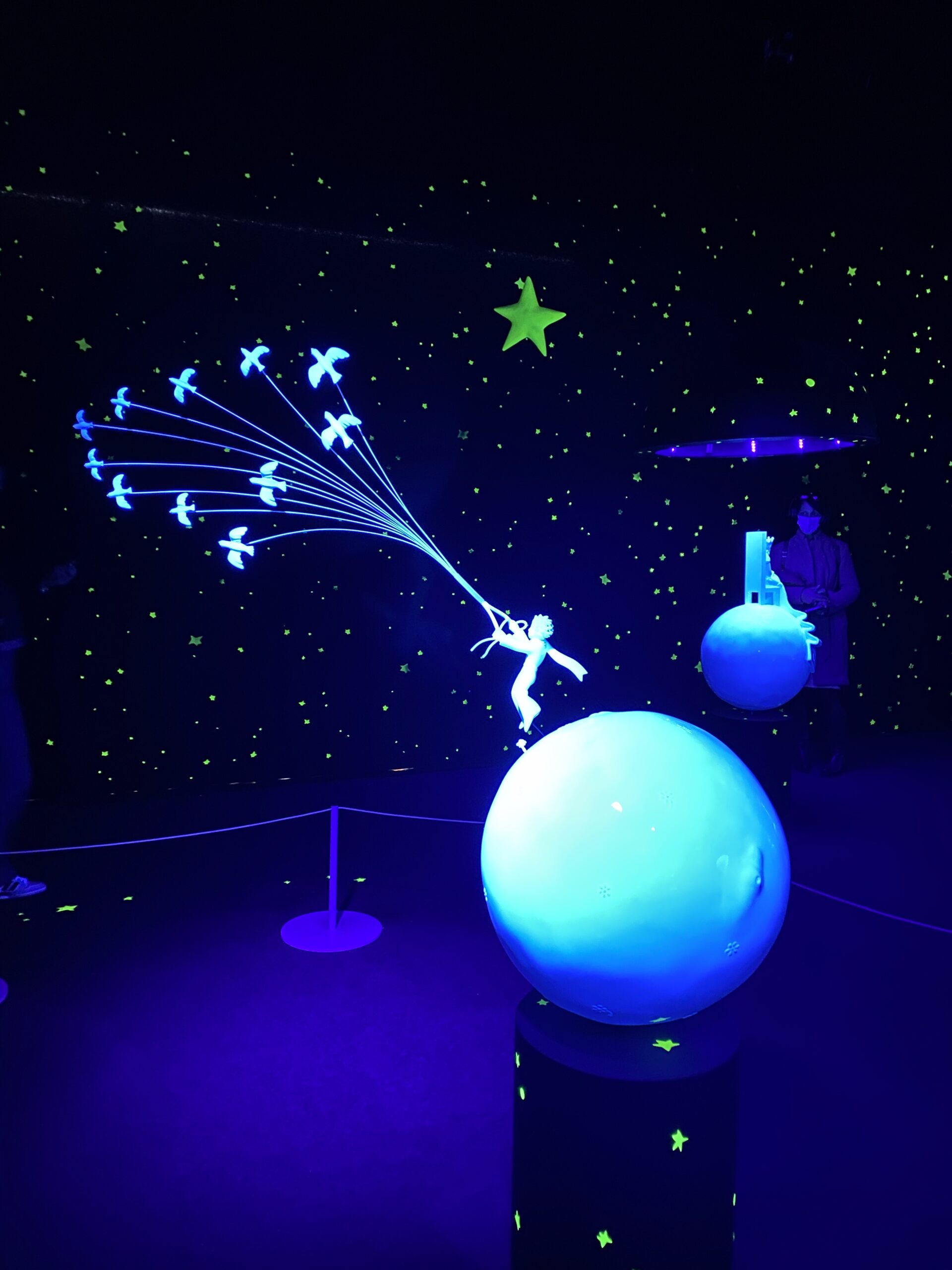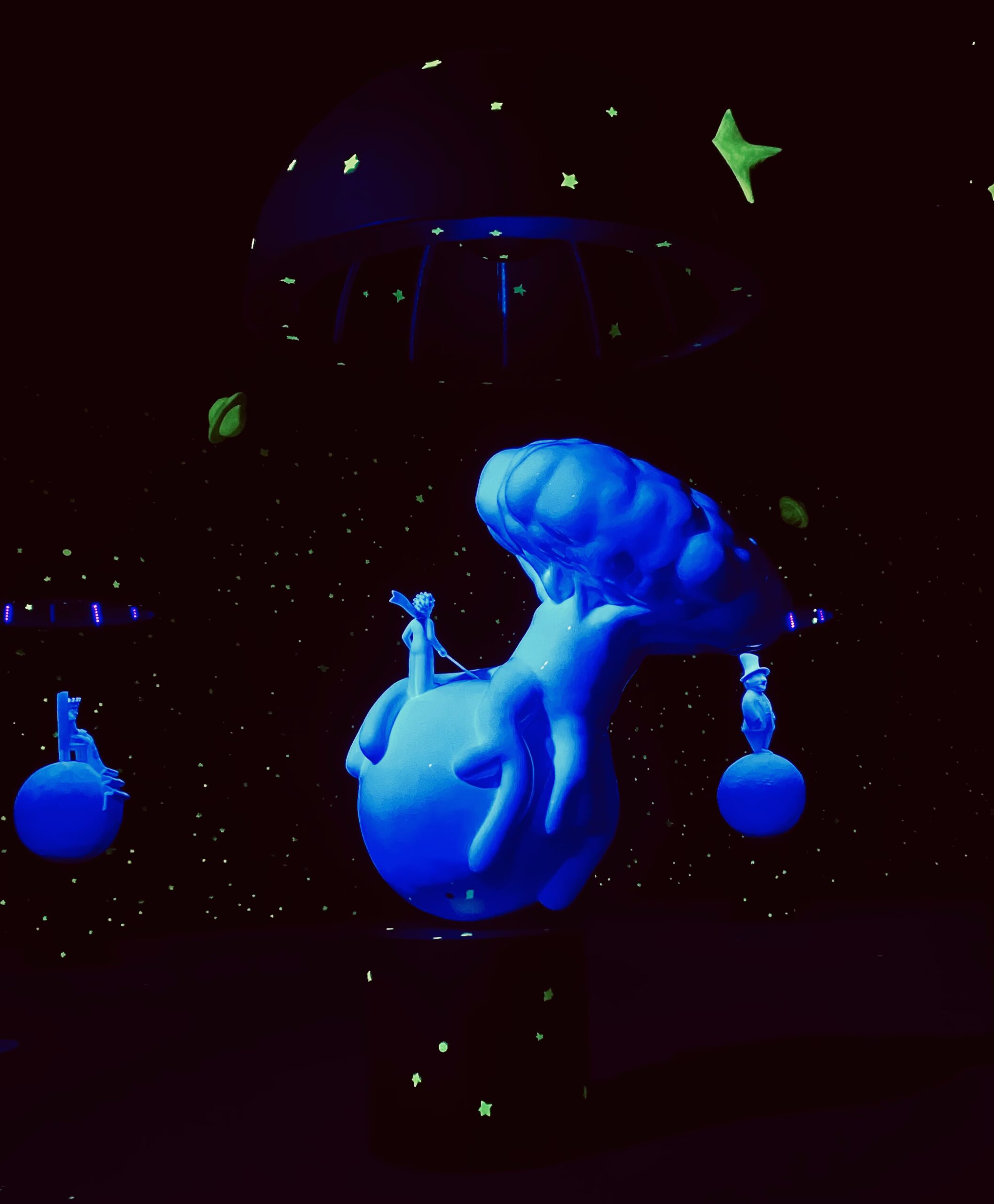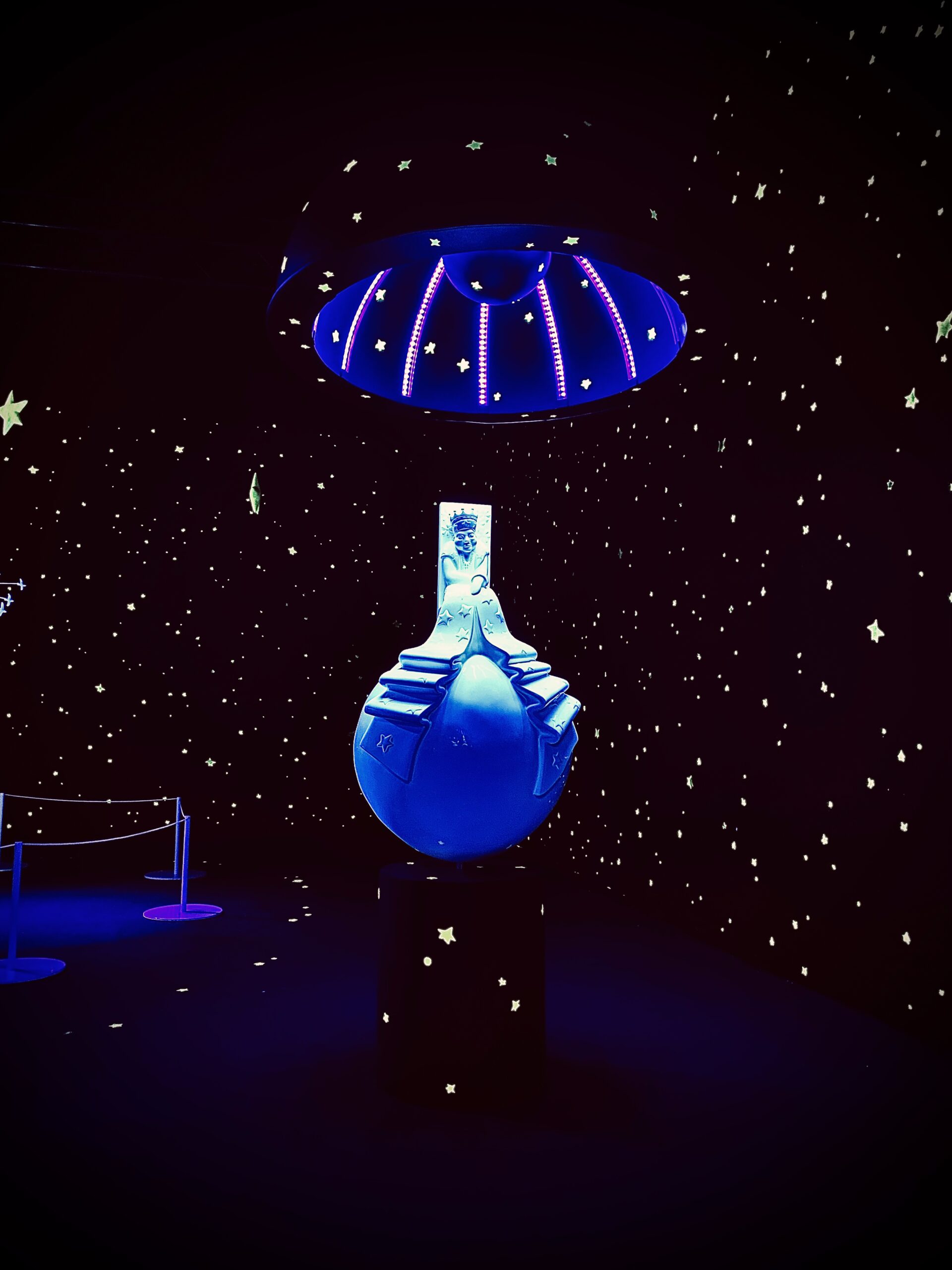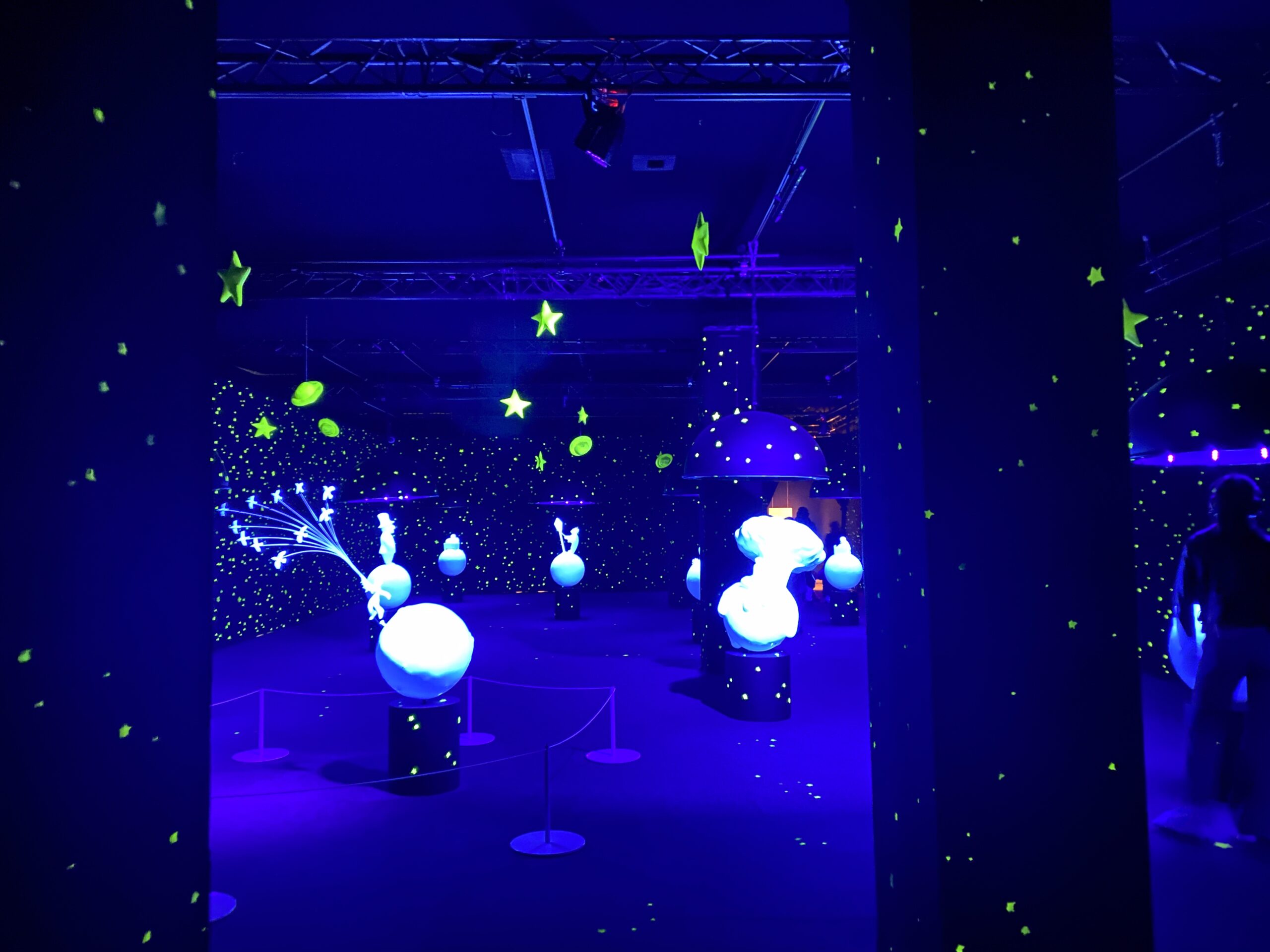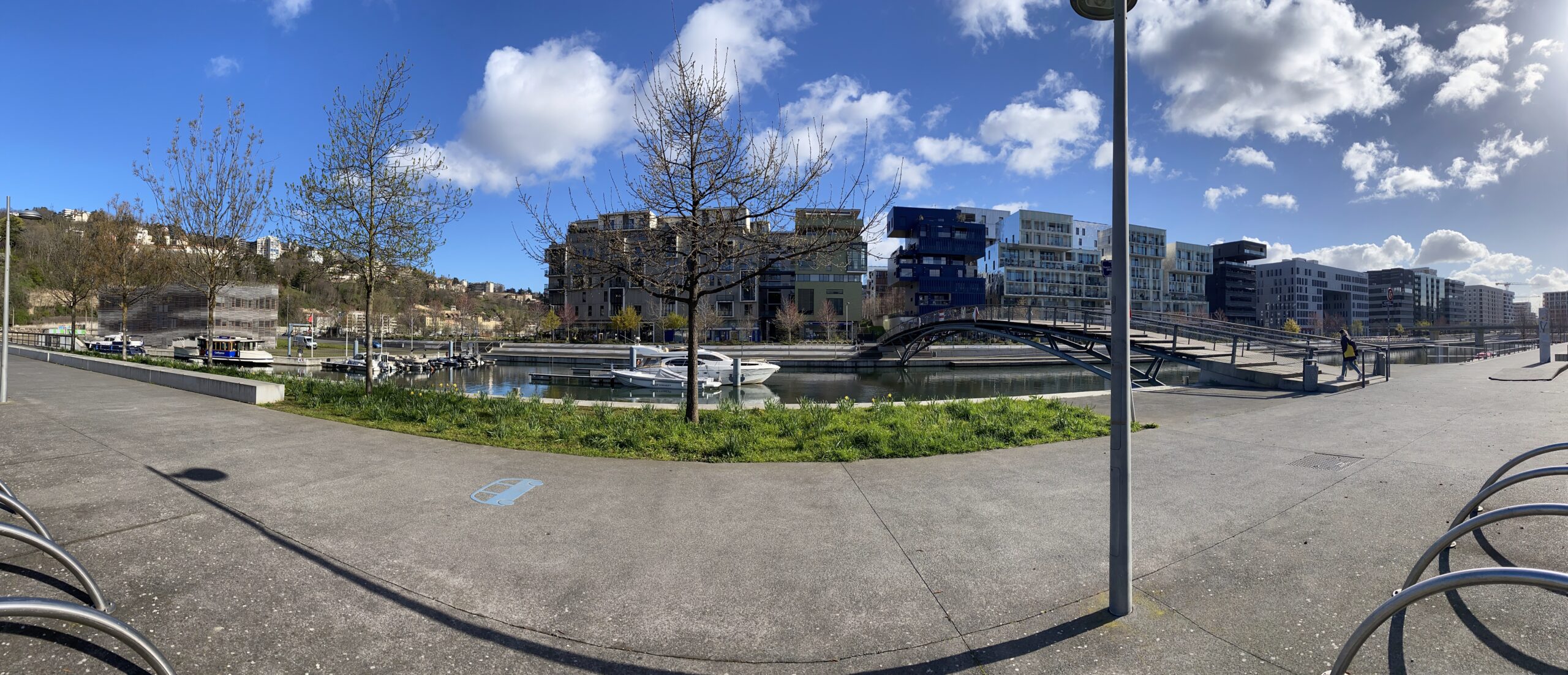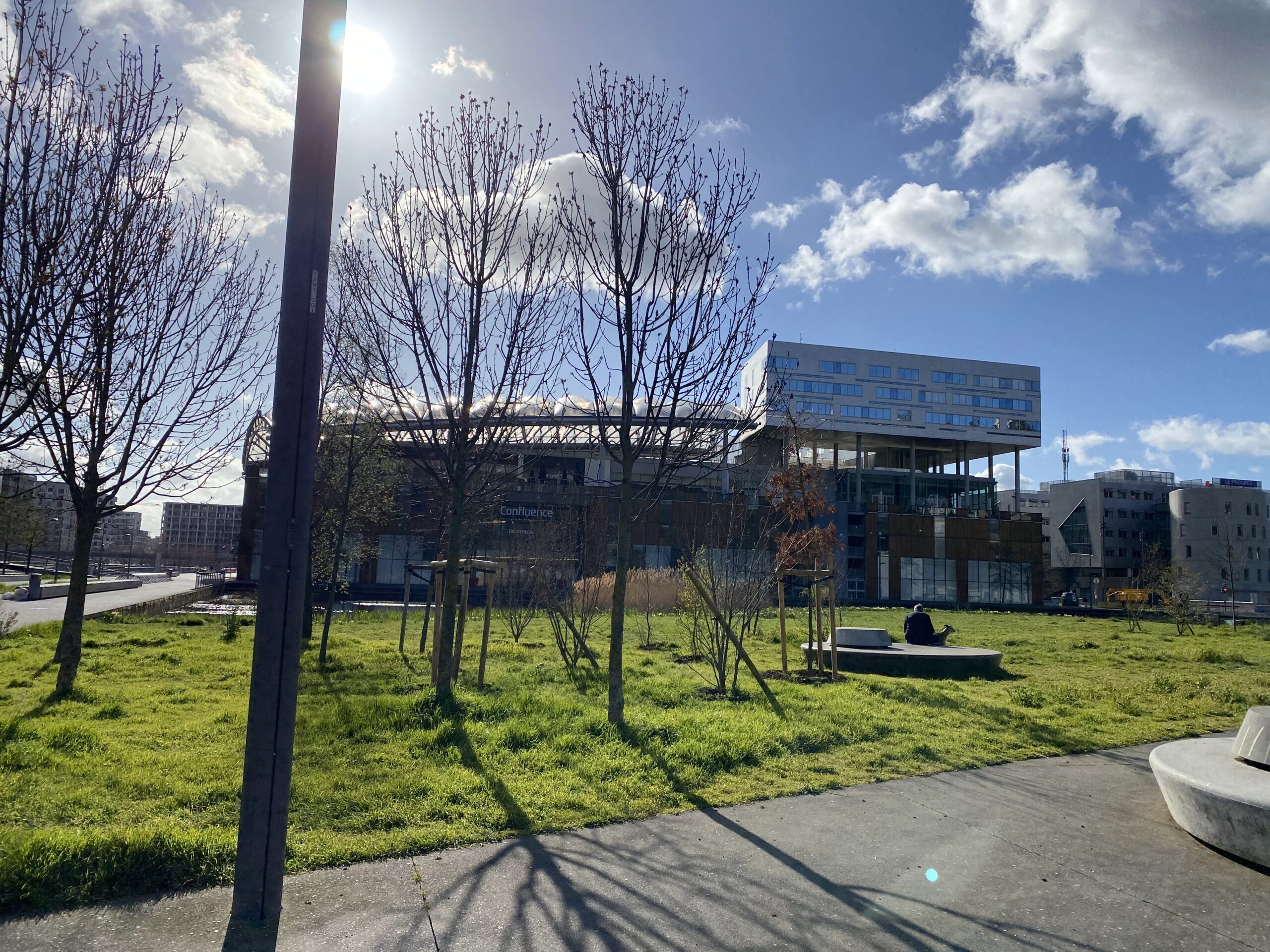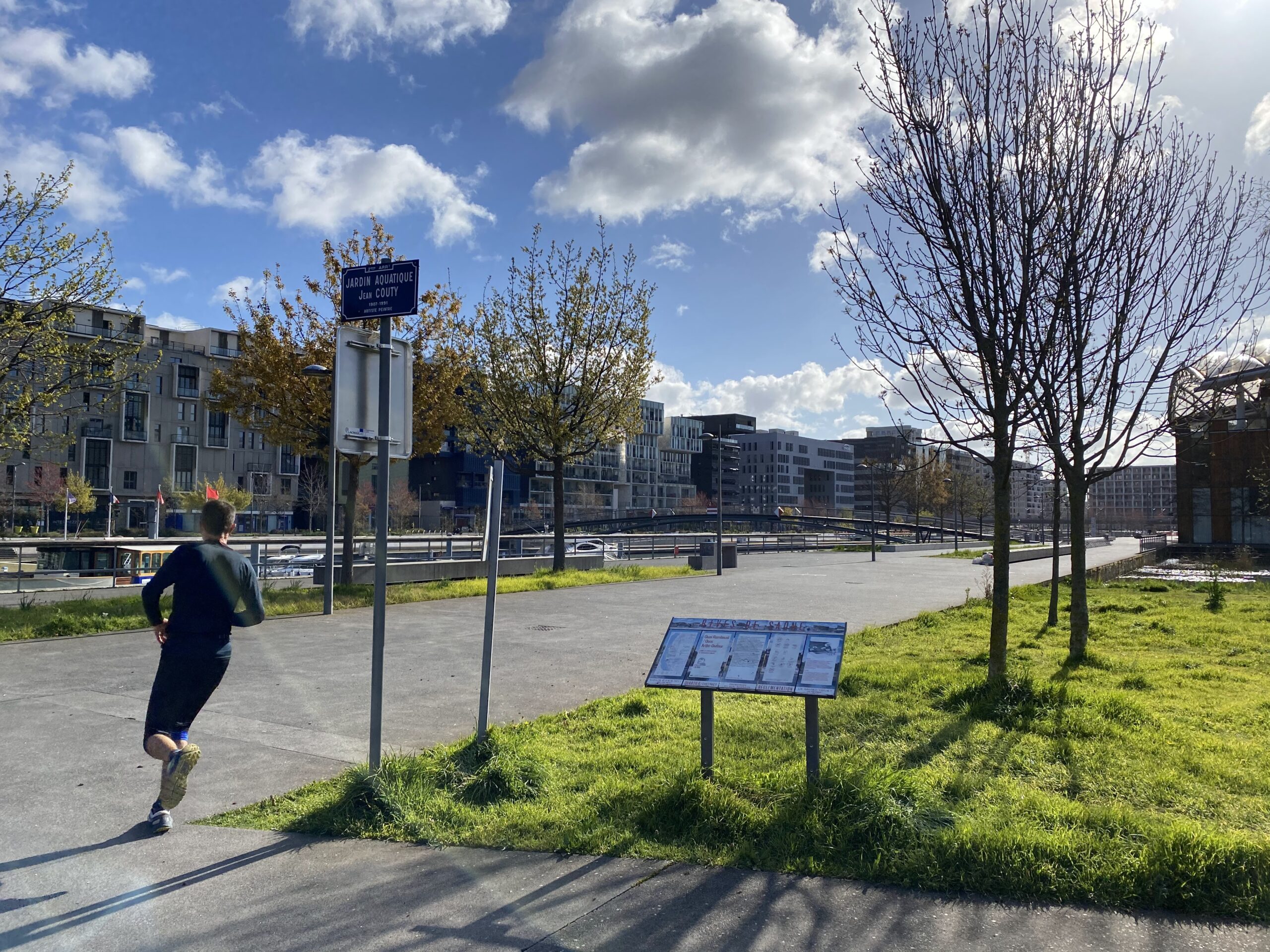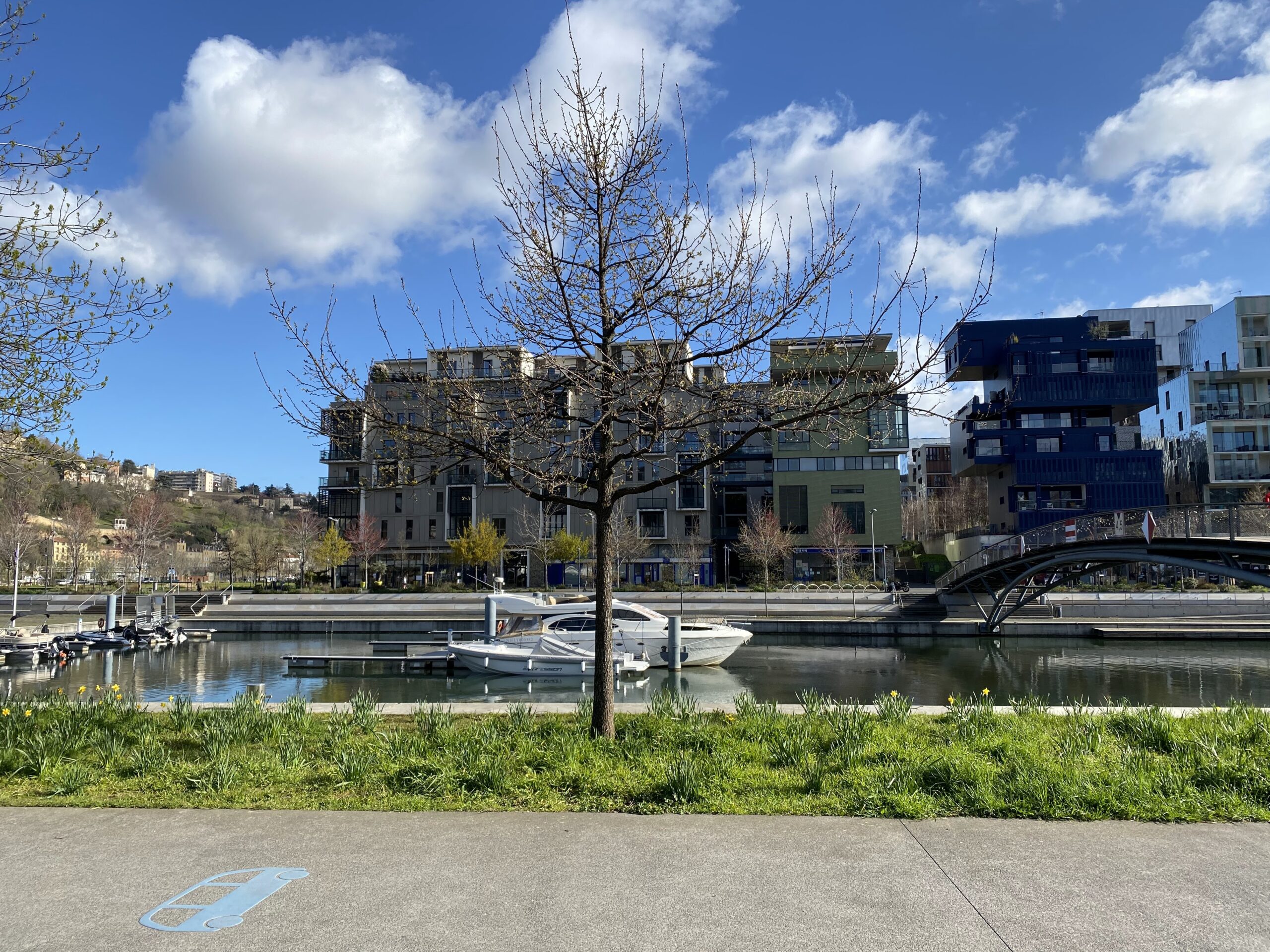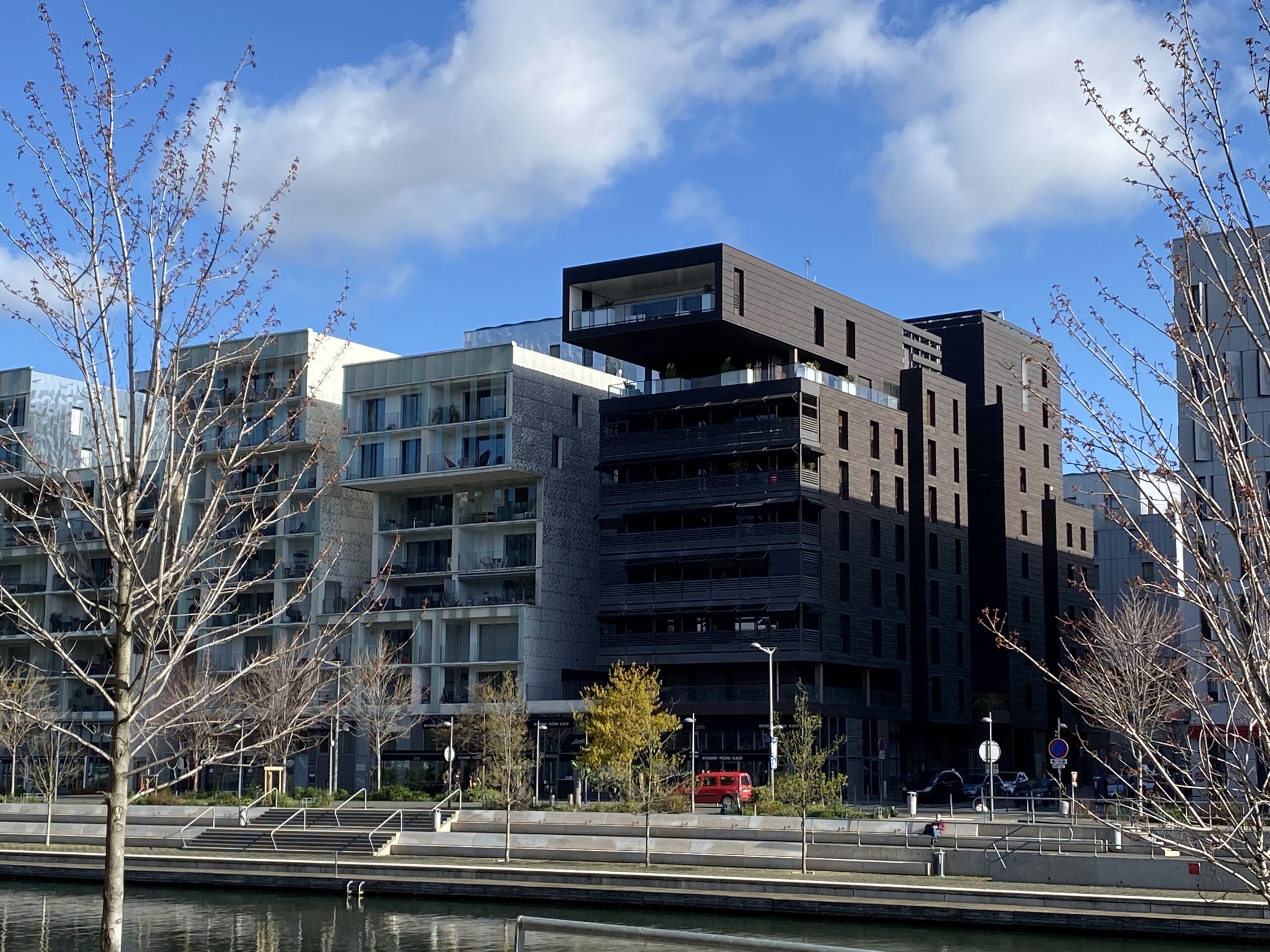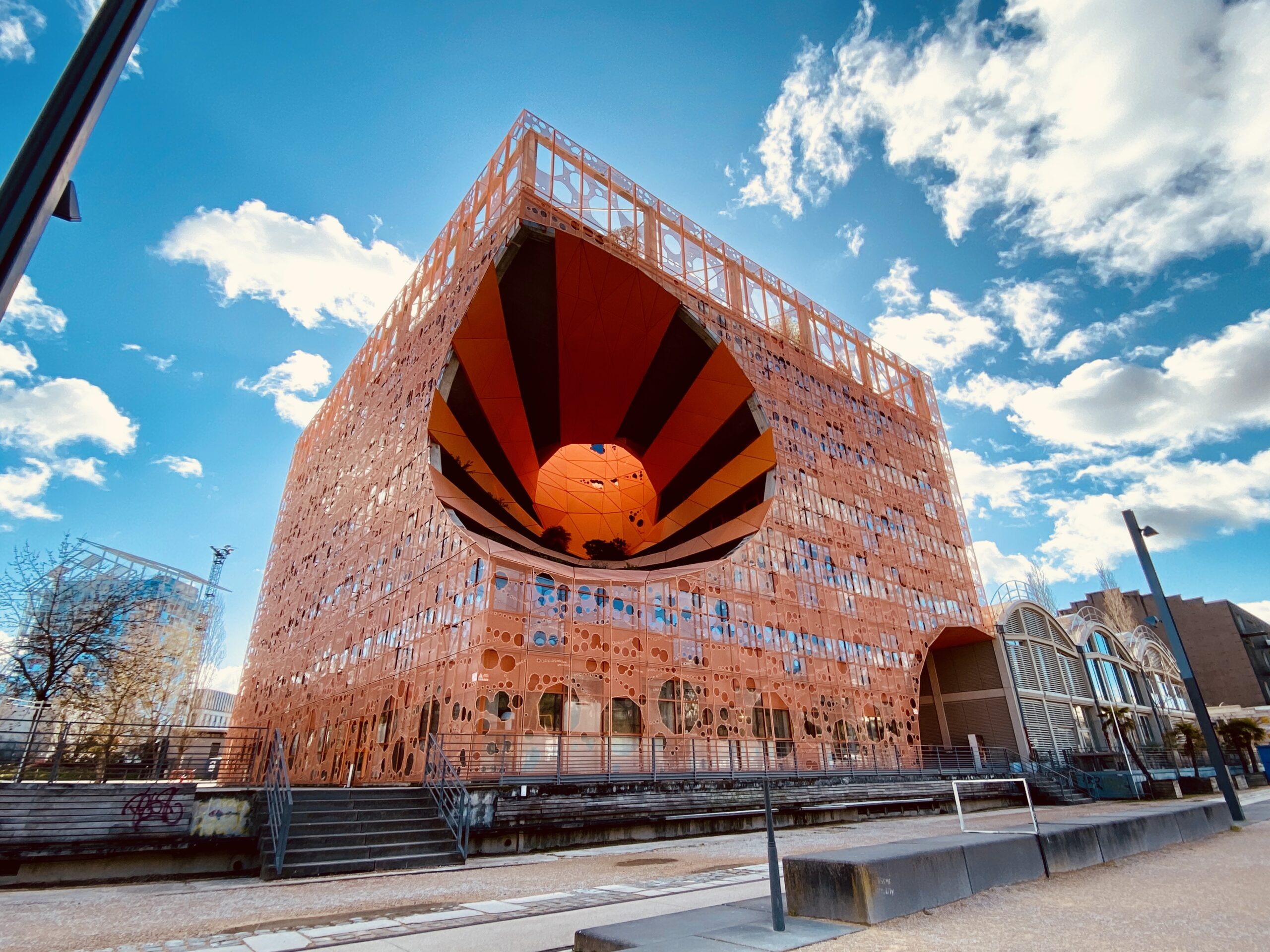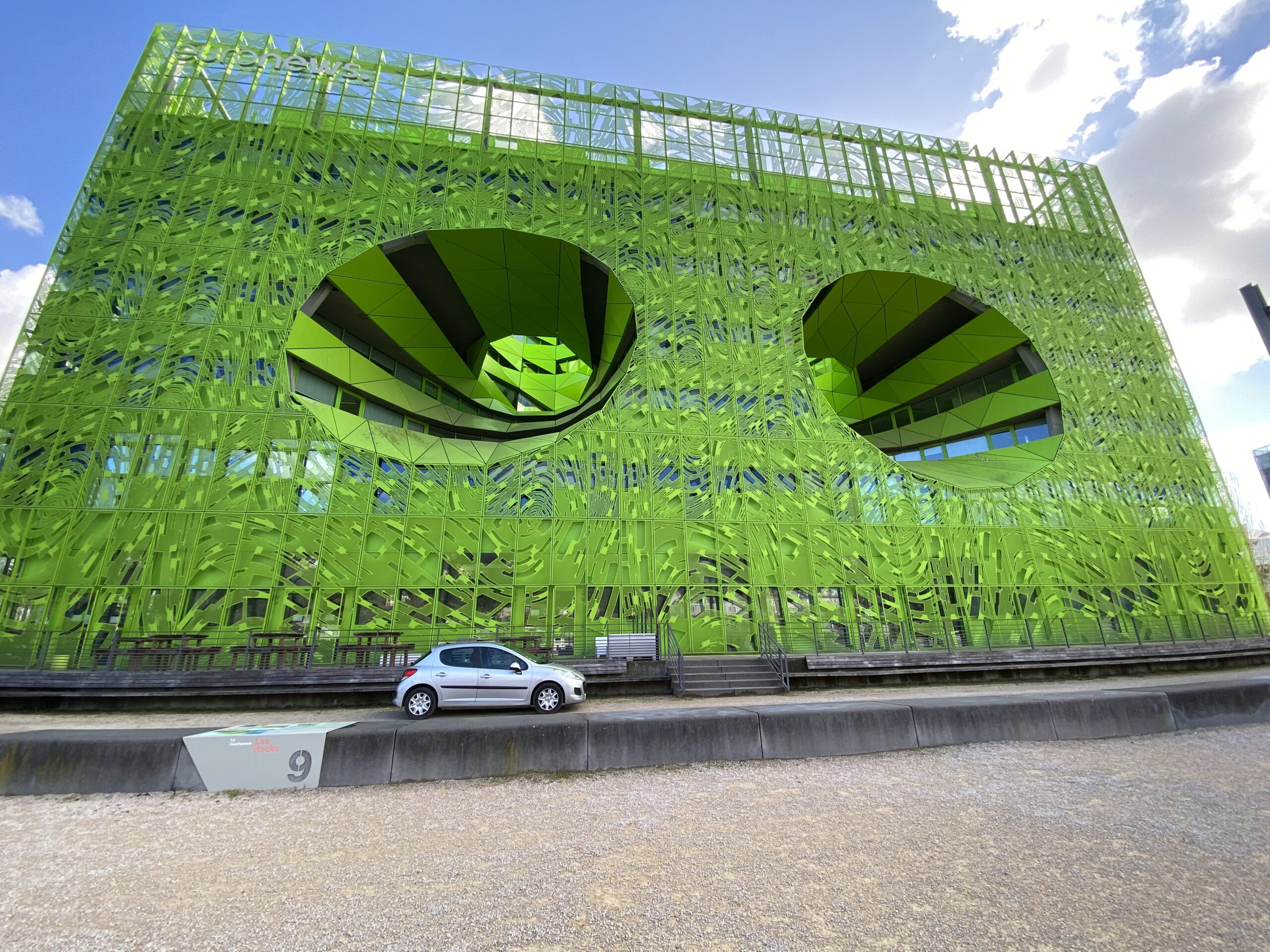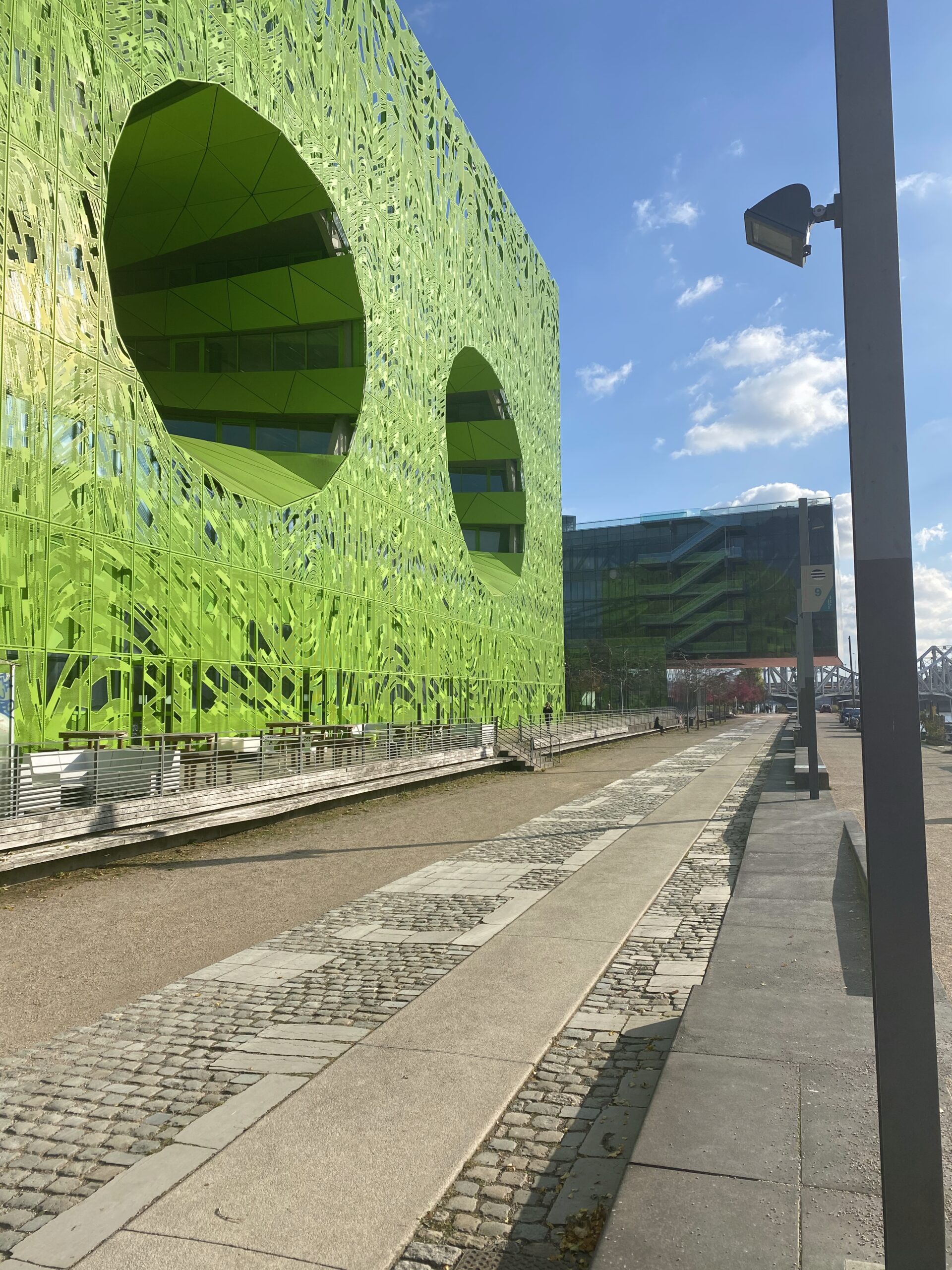Lyon Confluence – A Reference in Urban Regeneration Projects
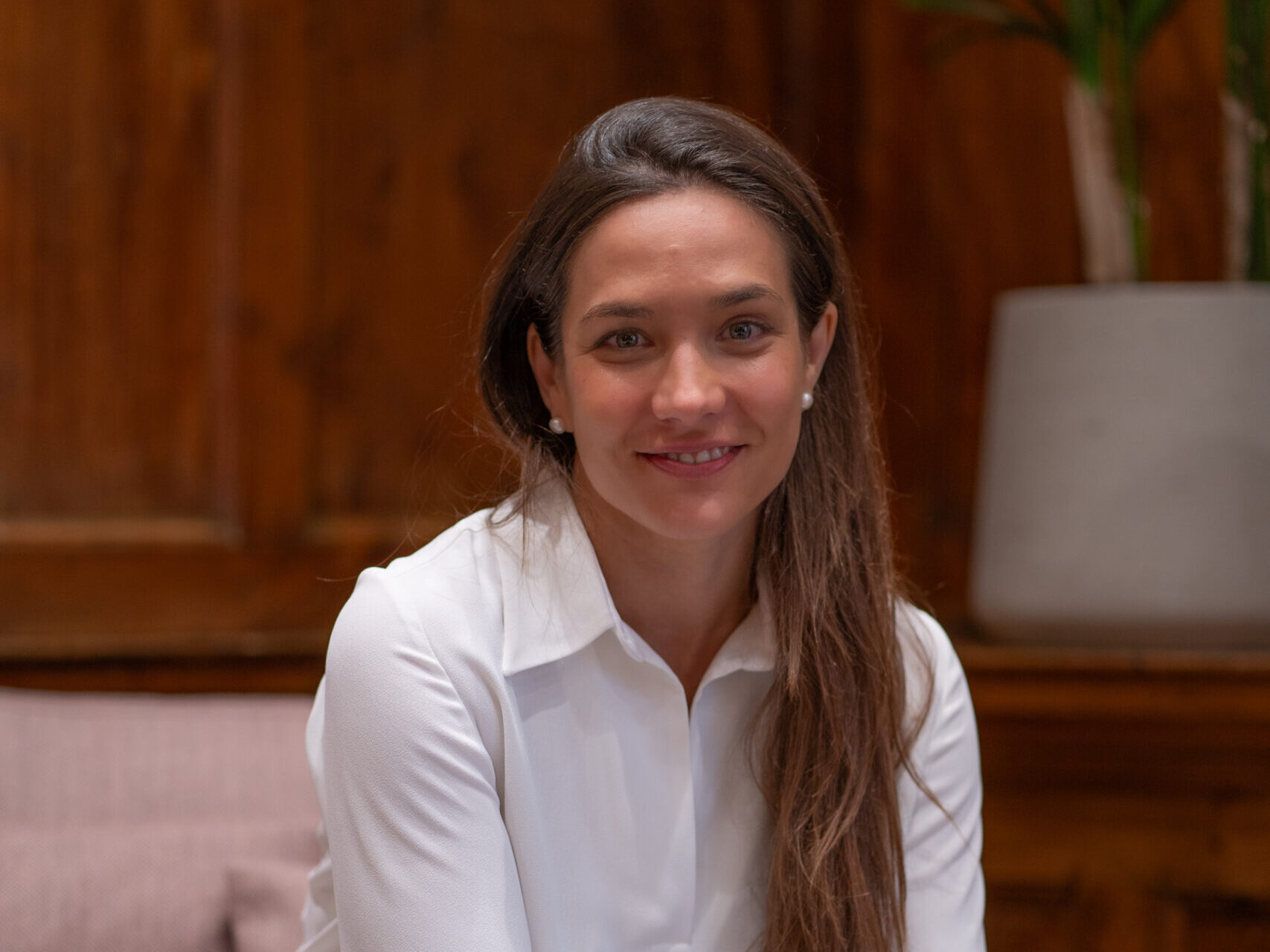
Words by Marta
February 13, 2025 | 5-minute read
The project has transformed the southern part of the Presqu’Île peninsula in Lyon, France. It was conceived in the 90s and began its construction in 1999, with the intention of doubling the size of Lyon’s city center by developing 150 hectares of land between the Rhône and Saône rivers.
Architects such as Jean Nouvel, Chipperfield or Kengo Kuma have added their genius to the design of the district and the overall result is as captivating as one could have imagined.
A bit of background on Lyon Confluences:
The Lyon Confluence project was initiated in November 1999 with the signing of the Lyon Confluence public development agreement by the Urban Community of Lyon and the semi-public company Lyon Confluence . The first urban development zone (ZAC) was established in 2003 on the Saône side, covering 42 hectares. This area, historically used for industrial and logistical purposes, was identified as a prime location for revitalization due to its strategic position and potential for growth.
The primary goal of the Lyon Confluence project is to create a vibrant, mixed-use district that blends historical preservation with contemporary architecture. The project emphasizes sustainable urban development, aiming to set new standards for energy efficiency, green spaces, and innovative building designs.
The project also focuses on developing residential, commercial, cultural, and public spaces to foster a dynamic urban environment. This mixed-use approach ensures that the district remains lively and functional, catering to the needs of residents, businesses, and visitors alike.
The Lyon Confluence project has already achieved significant milestones, transforming the area into a lively district with a mix of housing, offices, shops, and cultural facilities. The project’s commitment to sustainability is evident in the numerous green buildings and eco-friendly initiatives that have been implemented. These efforts have set new standards for sustainable urban development, making Lyon Confluence a benchmark for future projects.
The district has also become a cultural hotspot, hosting various events, exhibitions, and public art installations. This cultural vibrancy has attracted businesses and investors, boosting the local economy and creating jobs. The successful integration of historical preservation and modern development has made Lyon Confluence a model of urban regeneration.
My favourites in the district:
In a city full of history such as Lyon, each building stone in the old town seems to transpire character and legacy. From Place Belcourt, the Opera building designed by Nouvel, the Hotel Dieu… hundreds of references to not miss both because of their architectural value and the history they encapsulate. As you cycle through the city and reach Confluences, the stark change of style is in itself a manifesto for urban regeneration projects.
I still remember being a child and visiting Lyon often with my family, never stepping into Confluences and hearing that it was not a safe area to stroll around. Fast forward and escaping to the Musee of Confluences has become one of my musts whenever I spend some time in the city.
Hikari by Kengo Kuma:
Orange Cube, by Jakob & MacFarlane:
Green Cube, by Jakob & Mac Farlane:
LYON CONFLUENCE, AN EXCEPTIONAL URBAN PROJECT | Lyon Confluence
The Orange Cube by Jakob + Macfarlane | Dezeen
Hikari | Kengo Kuma and Associates
Want any recommendations?
More to explore

A Stroll Through Osaka: Uncovering the Magic of Japan’s Urban Wonderland

Osaka – Tadao Ando


